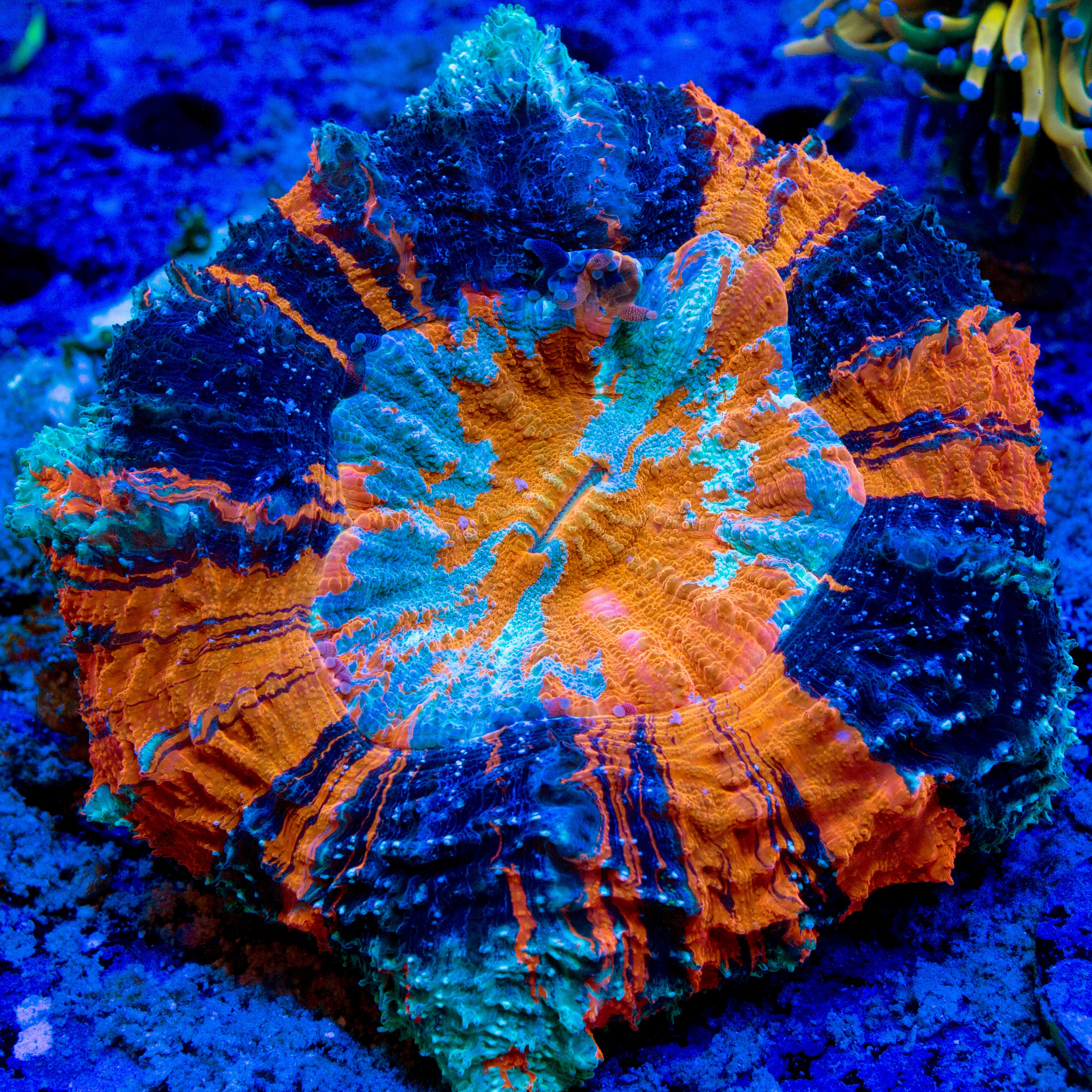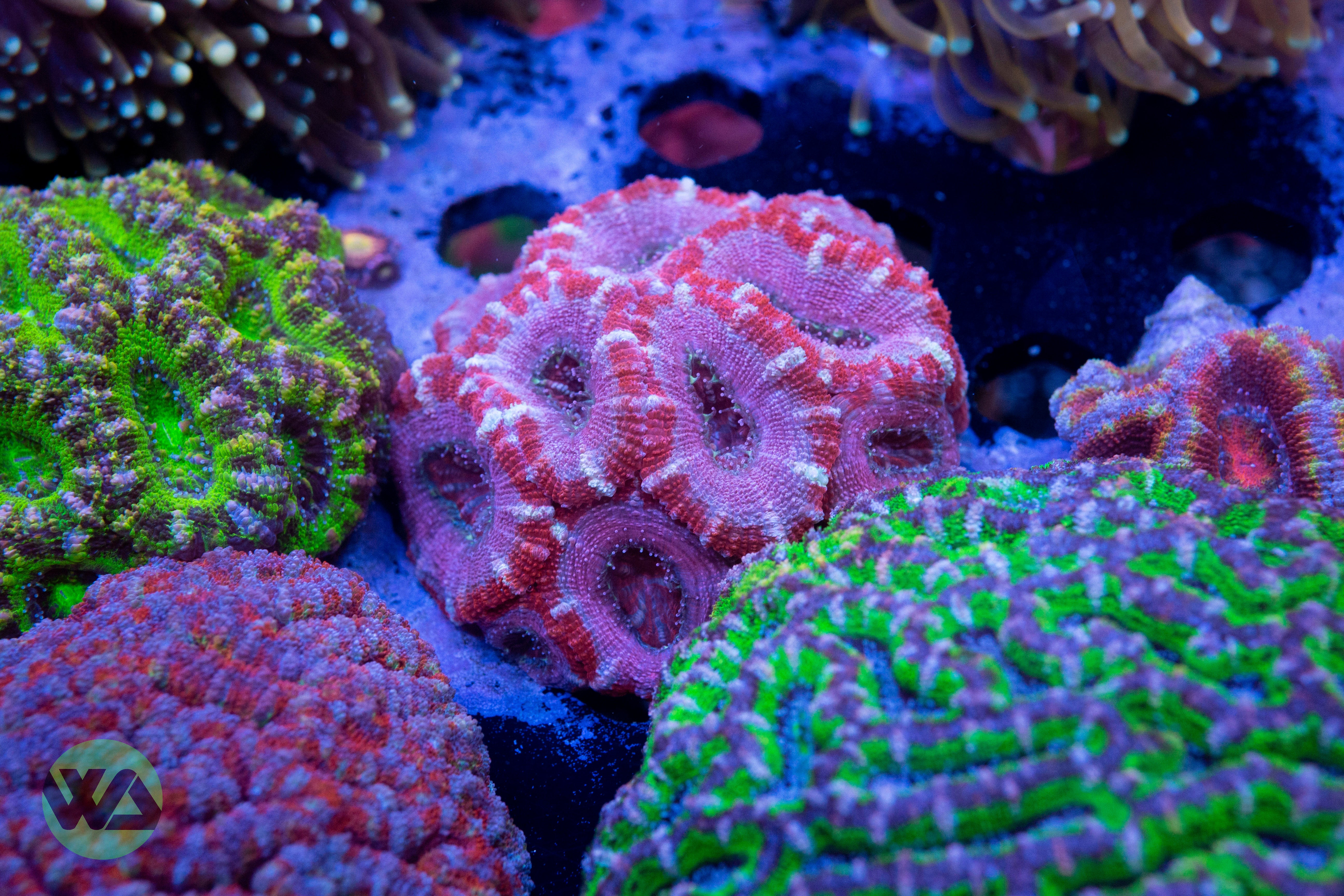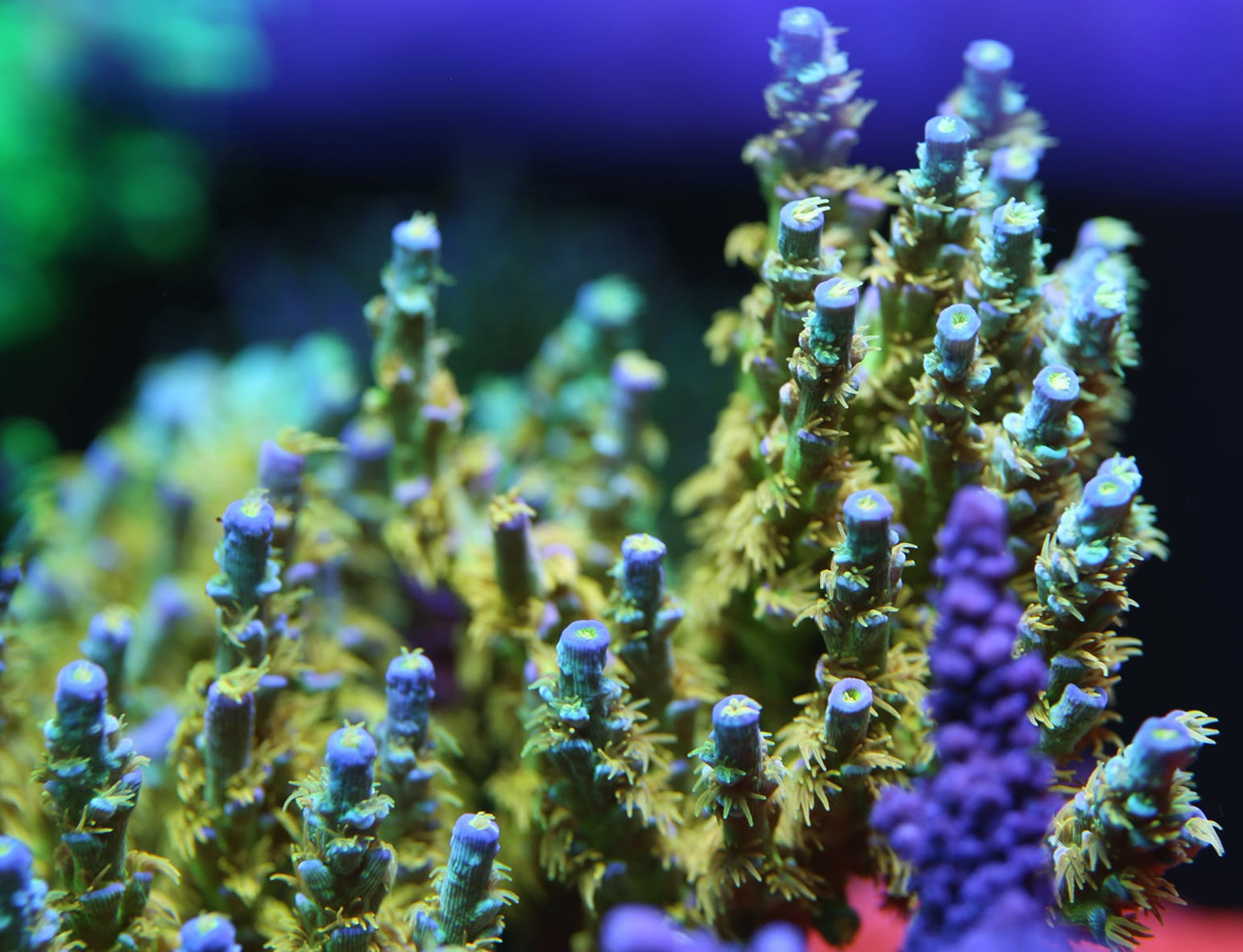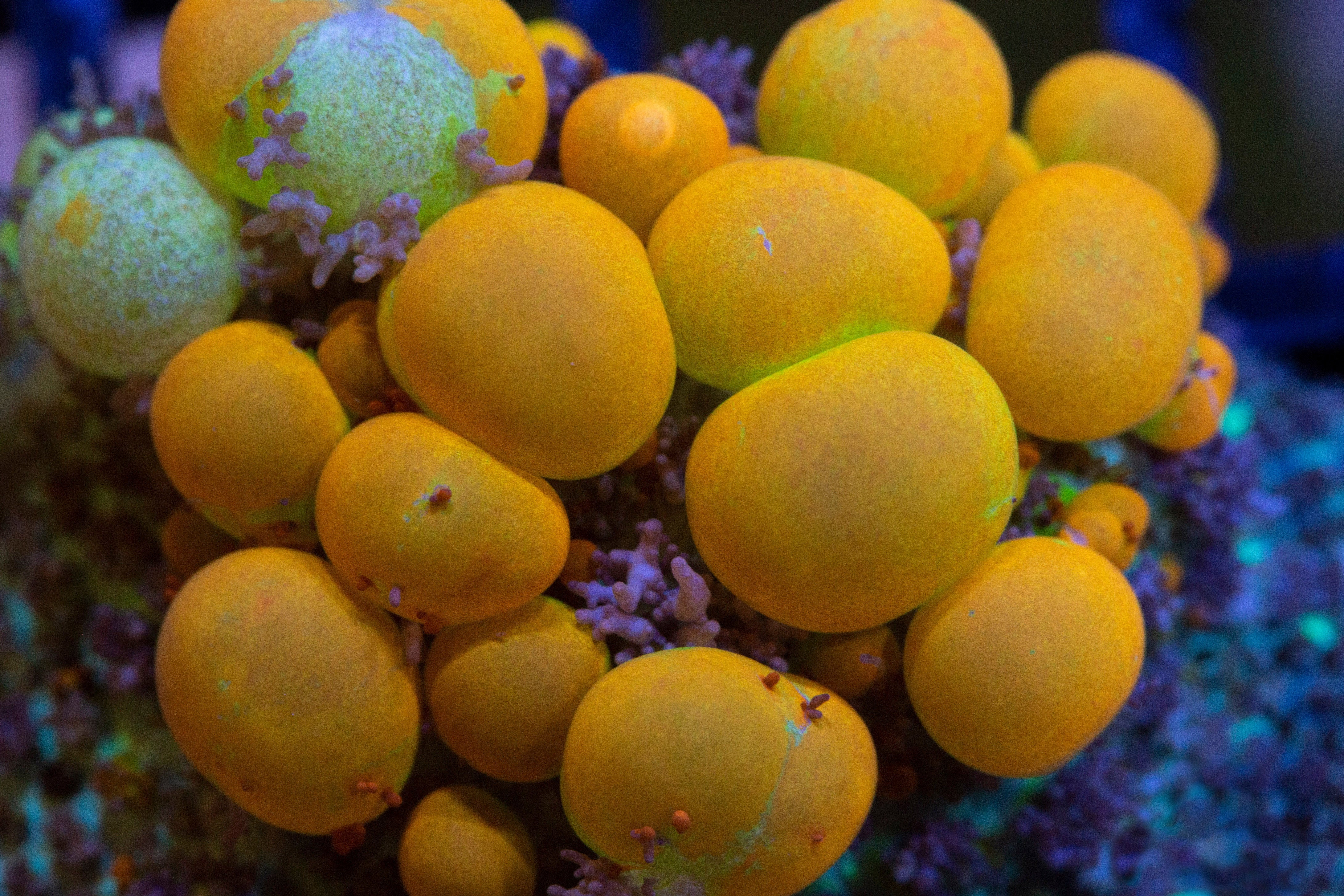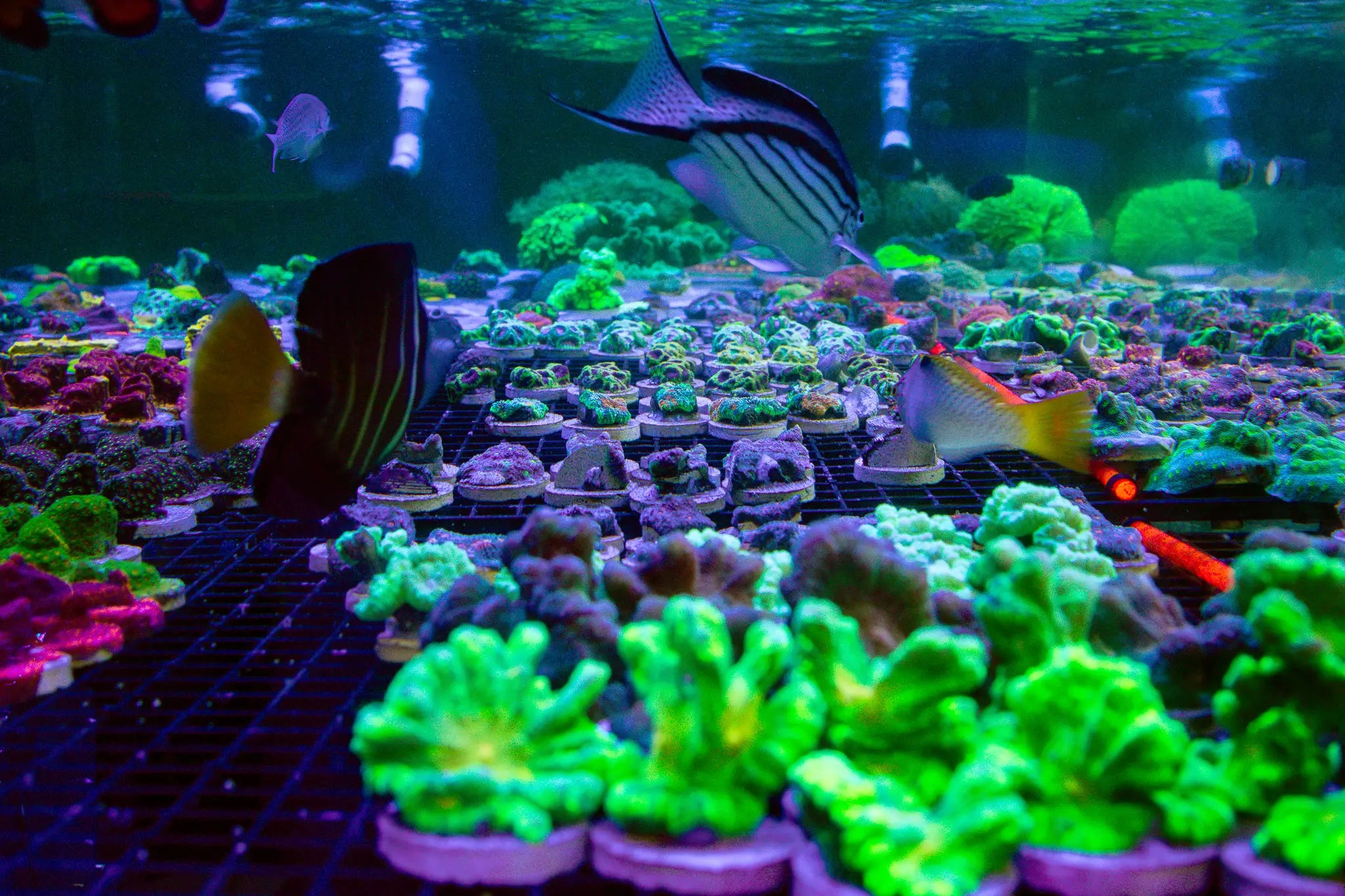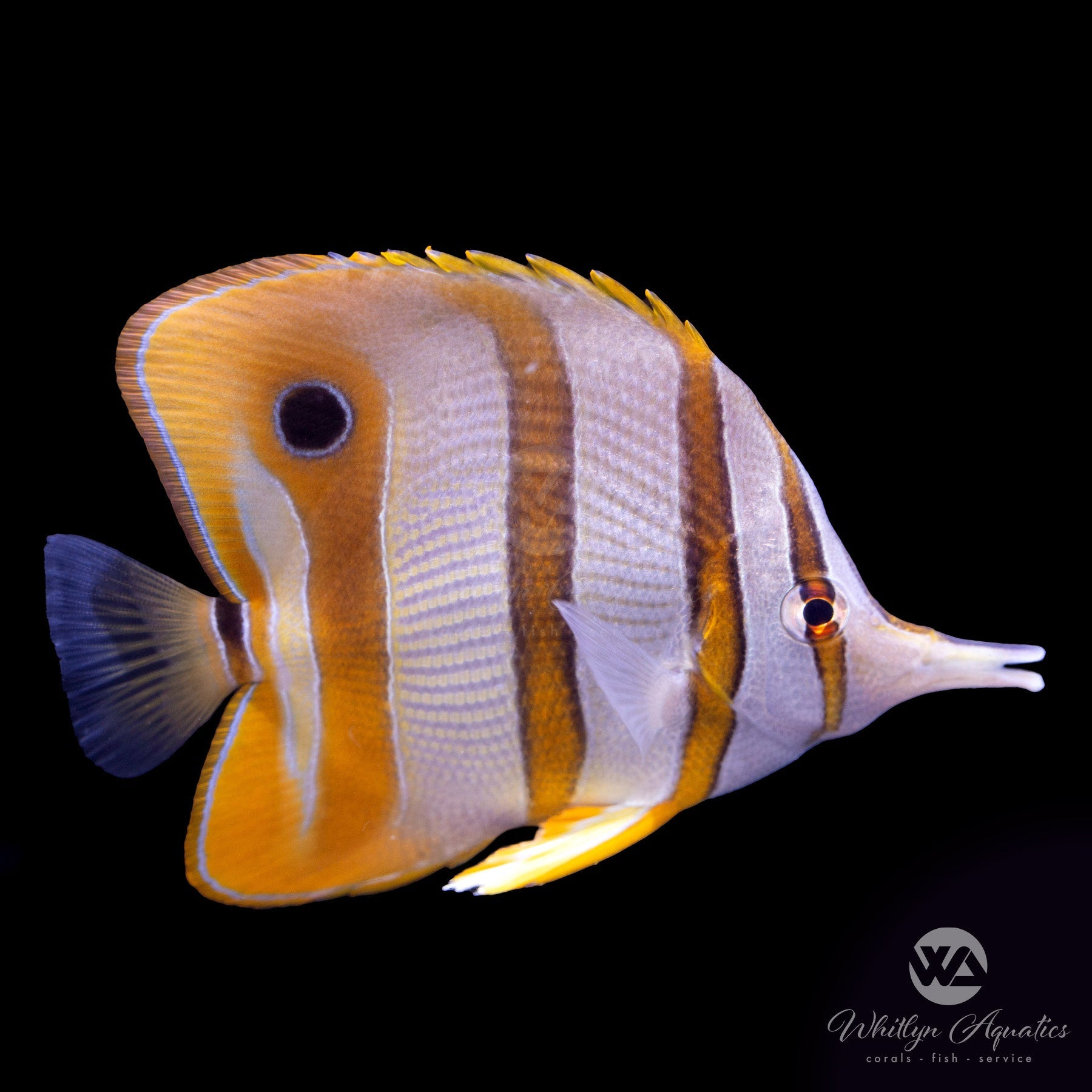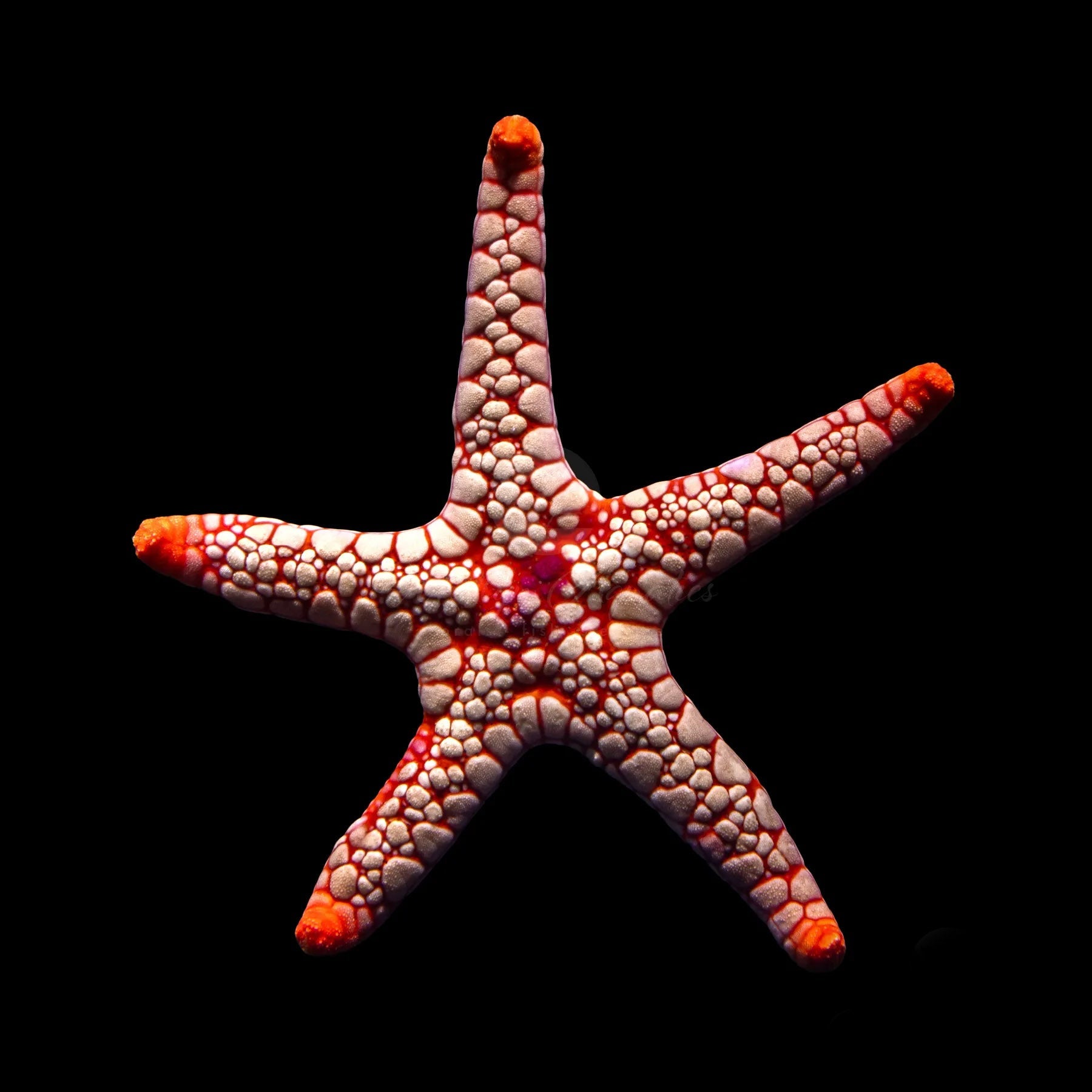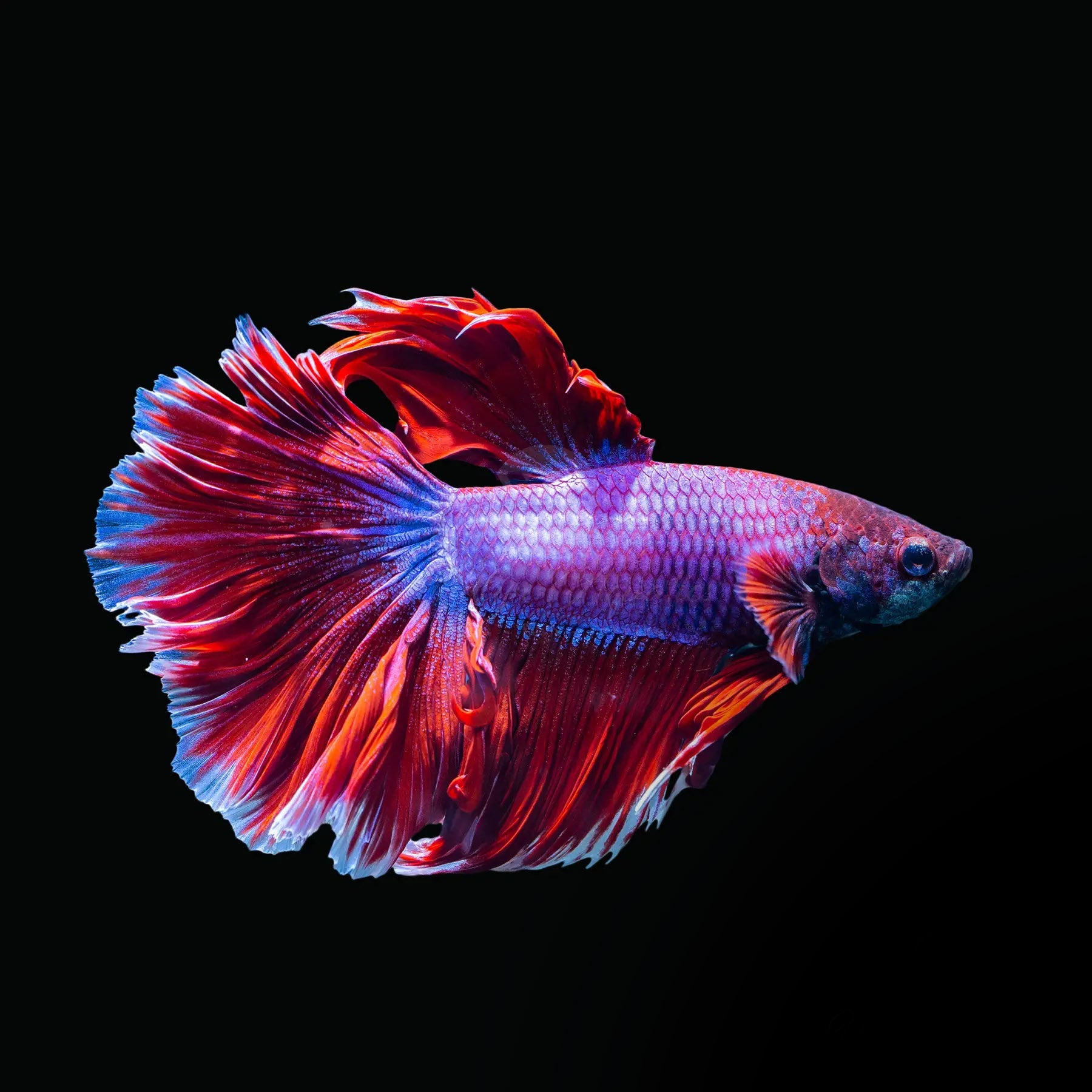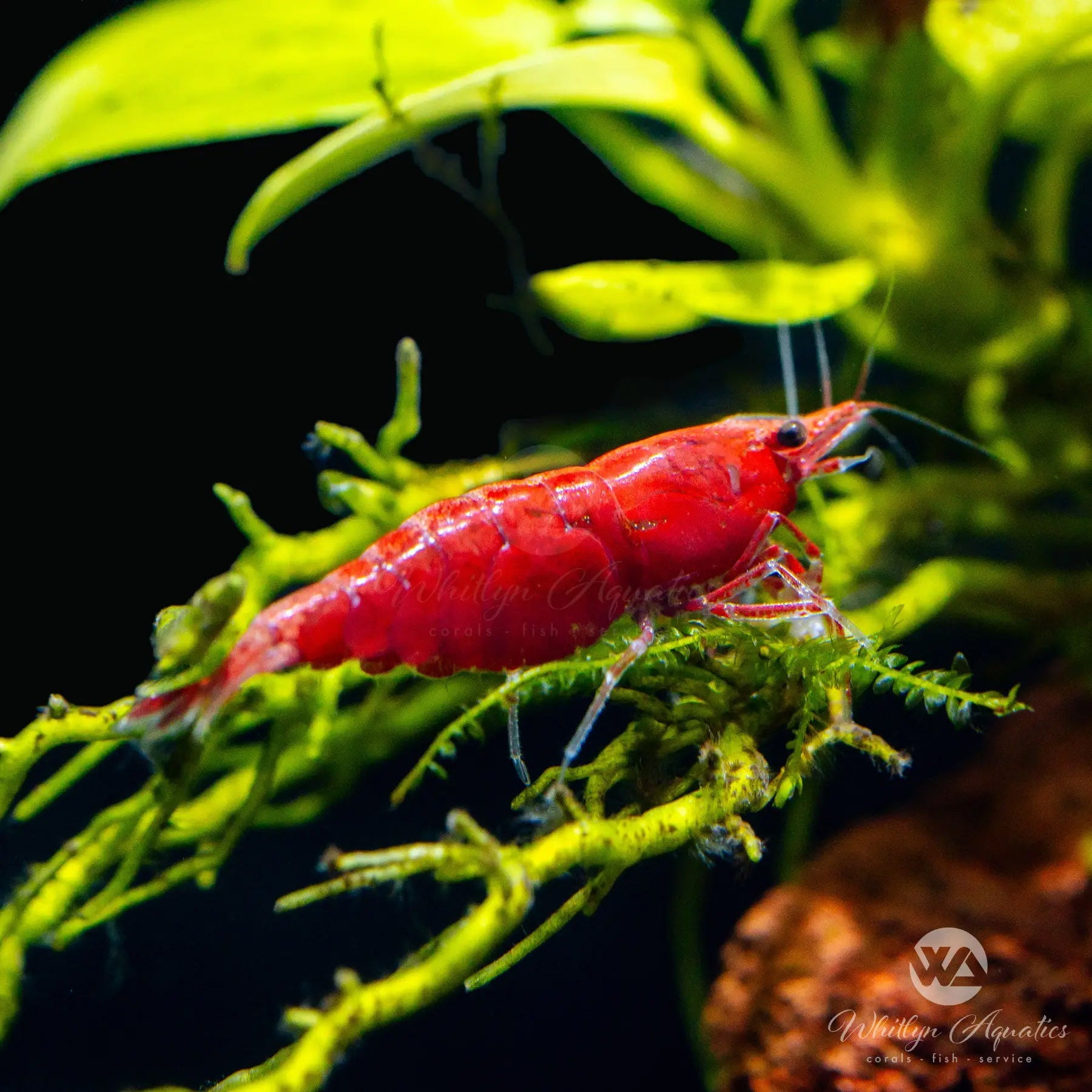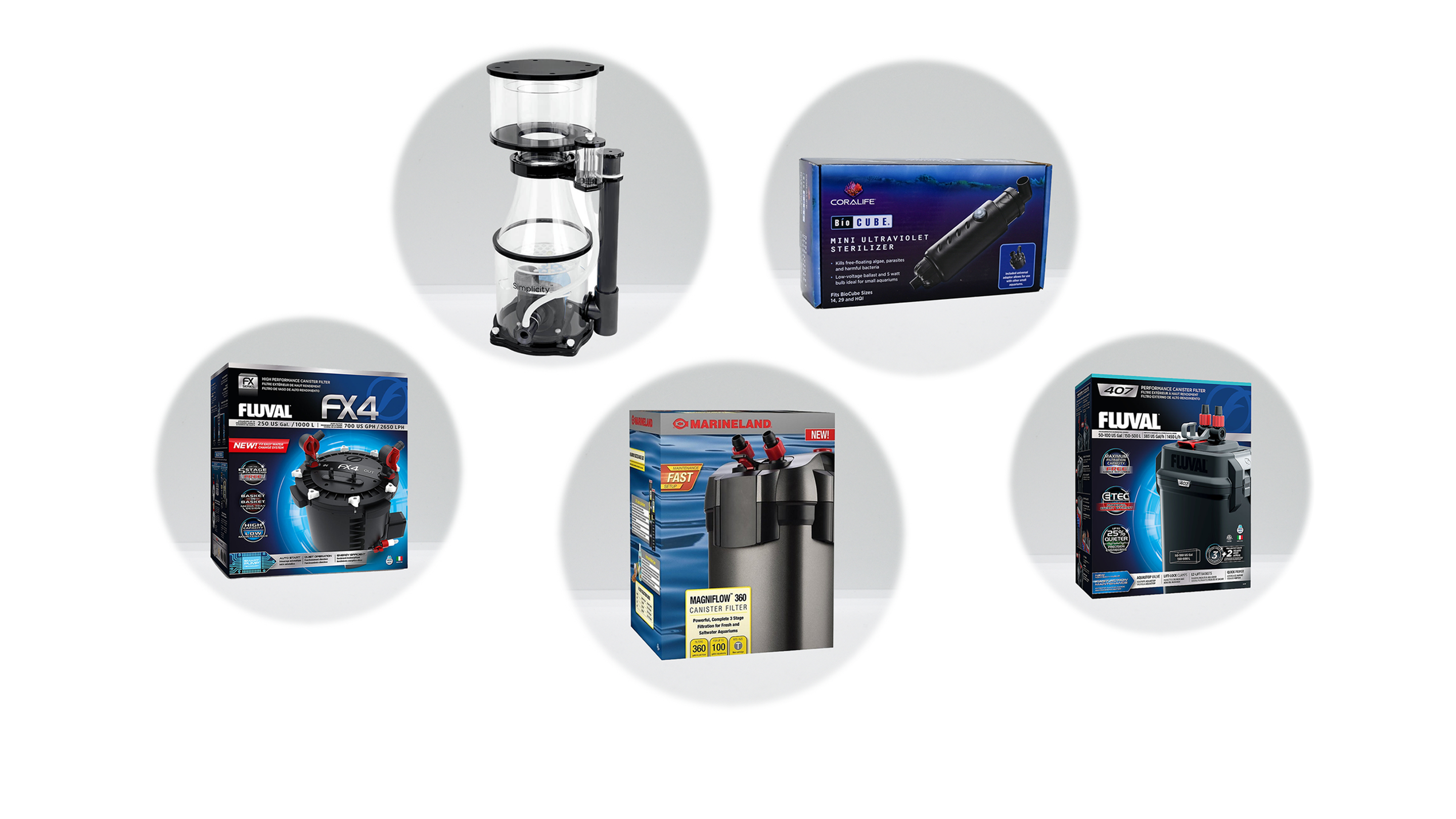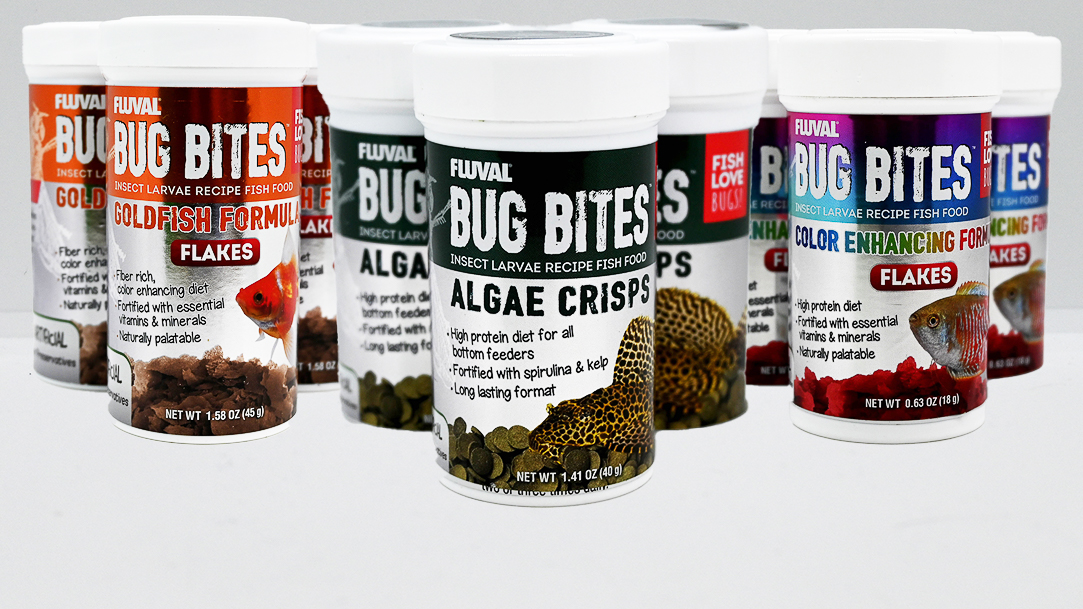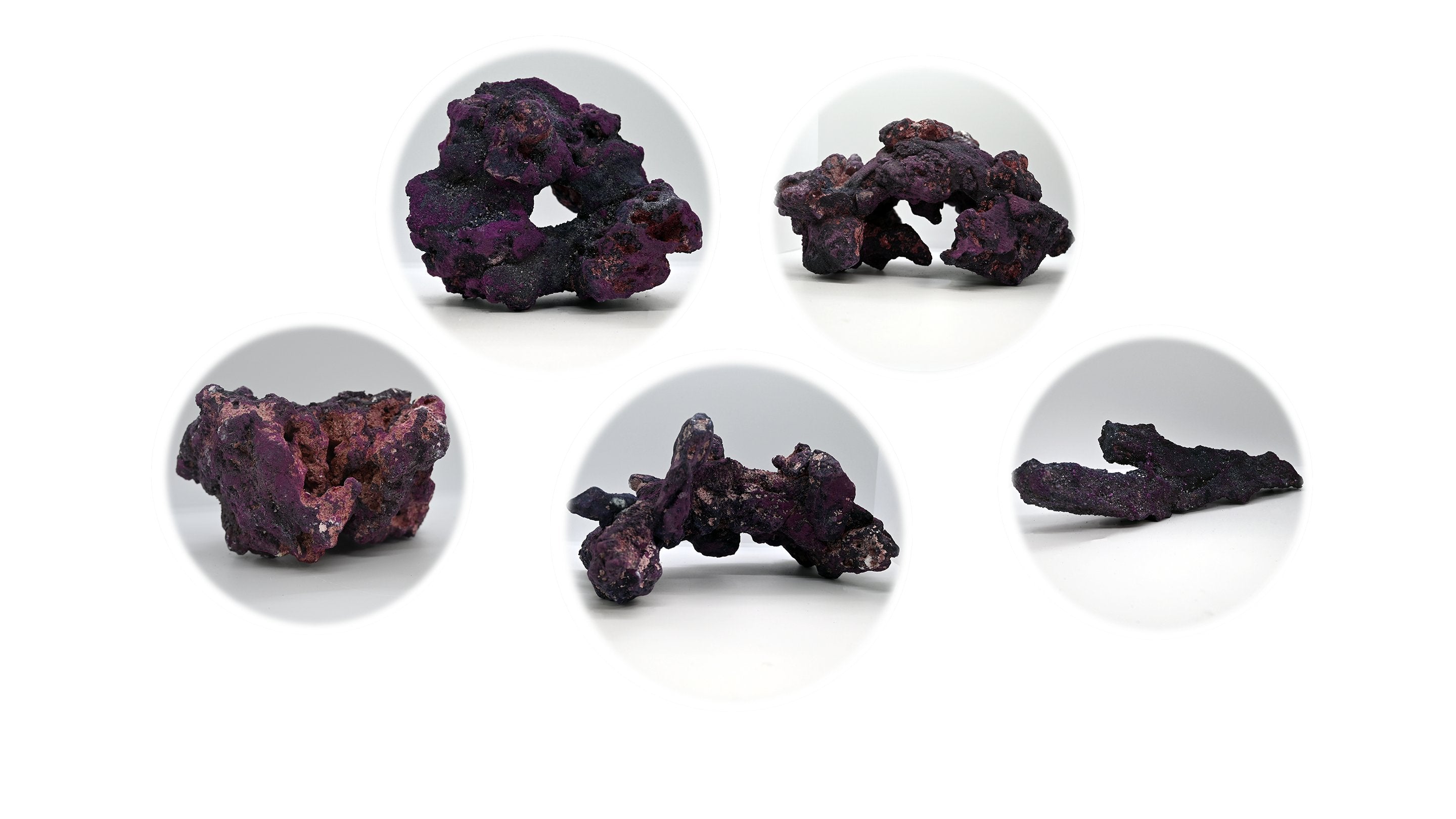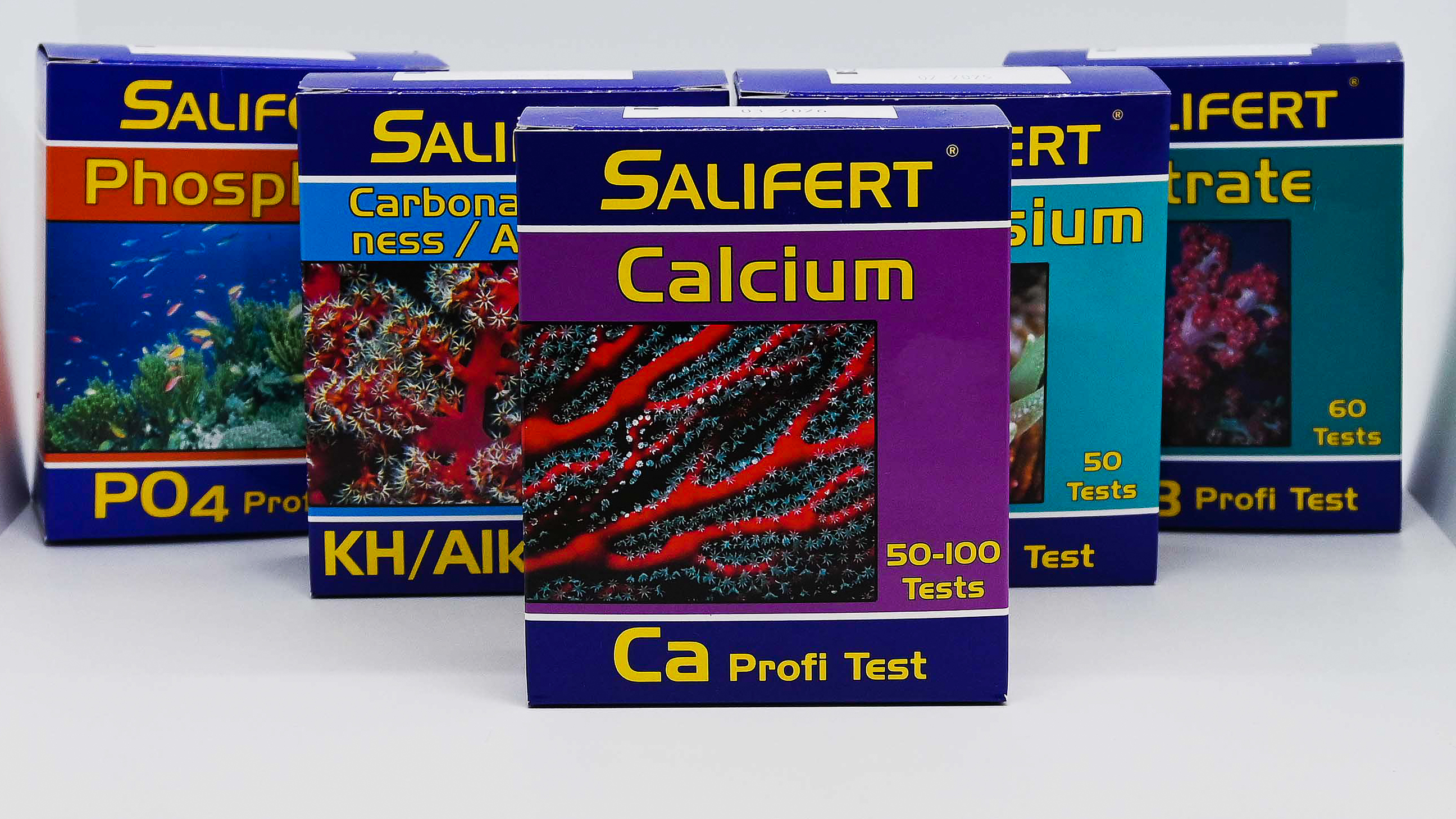Yellow Lab Mbuna Cichlid - Labidochromis caeruleus
- In stock, ready to ship
- Backordered, shipping soon
The Yellow Lab Mbuna Cichlid (Labidochromis caeruleus) is a vibrant and hardy freshwater fish renowned for its brilliant yellow coloration and peaceful temperament. Native to Lake Malawi in Africa, this cichlid is a favorite among aquarists for its striking appearance and compatibility in cichlid community tanks.
Description:
• Common Name: Yellow Lab, Electric Yellow Cichlid
• Scientific Name: Labidochromis caeruleus
• Family: Cichlidae
• Size: Up to 4 inches (10 cm)
• Color: Bright, electric yellow body with contrasting black on the dorsal fin and sometimes on the pelvic fins
Native Region:
The Yellow Lab Mbuna Cichlid is native to Lake Malawi in East Africa, where it inhabits rocky shorelines and clear, alkaline waters. In the wild, it is found in sandy and rocky habitats.
Aquarium Setup:
• Tank Size: Minimum of 30 gallons (114 liters) for a small group
• Water Parameters:
• Temperature: 74-82°F (23-28°C)
• pH: 7.8-8.6
• Hardness: Hard water (10-20 dGH)
• Substrate: Fine sand or crushed coral to maintain alkalinity; rocky structures with caves for hiding and territorial boundaries
• Diet: Omnivorous; feed a varied diet including high-quality cichlid pellets, spirulina flakes, and occasional live or frozen foods like brine shrimp or bloodworms
Care Level:
• Difficulty: Easy to moderate
• Temperament: Generally peaceful for a Mbuna; can be territorial, especially with other males or during breeding
• Lifespan: 6-10 years
• Breeding: Mouthbrooder; relatively easy to breed in captivity, with females carrying eggs and fry in their mouths
Additional Tips:
• Tank Mates: Best kept with other Mbuna cichlids or similarly sized, robust fish. Avoid keeping with very aggressive species or delicate, slow-moving fish.
• Territory: Provide plenty of rocks and caves to create territories and reduce aggression, especially in smaller tanks.
• Water Quality: Maintain high water quality with regular water changes and strong filtration to replicate their natural environment.


